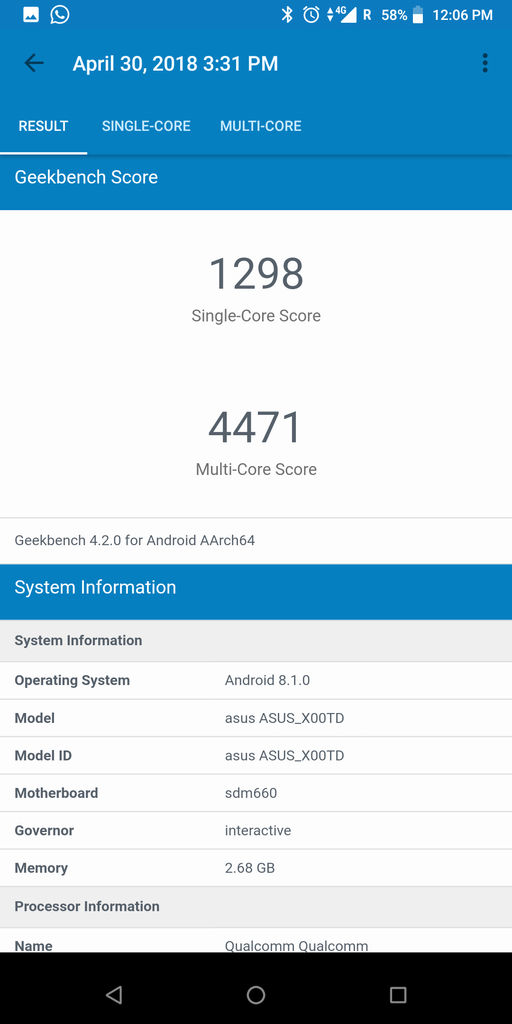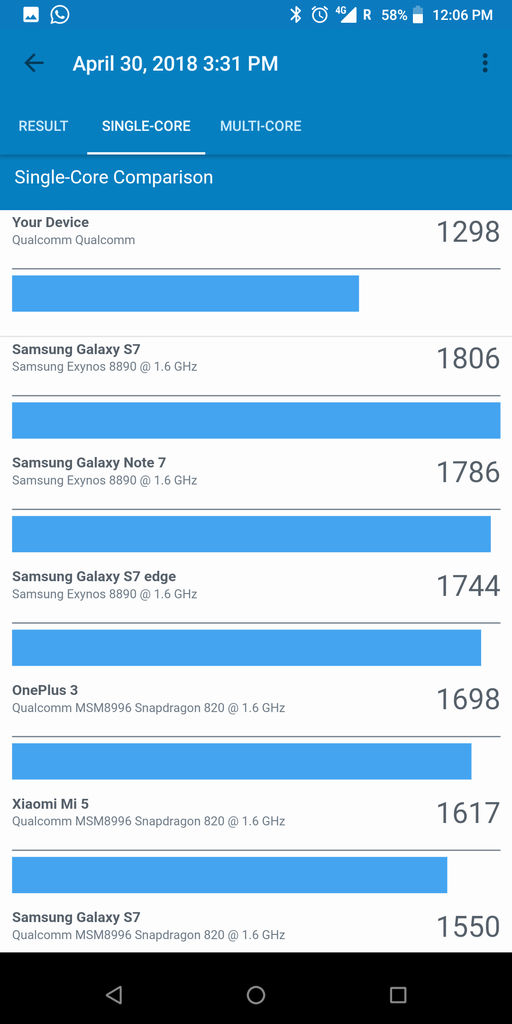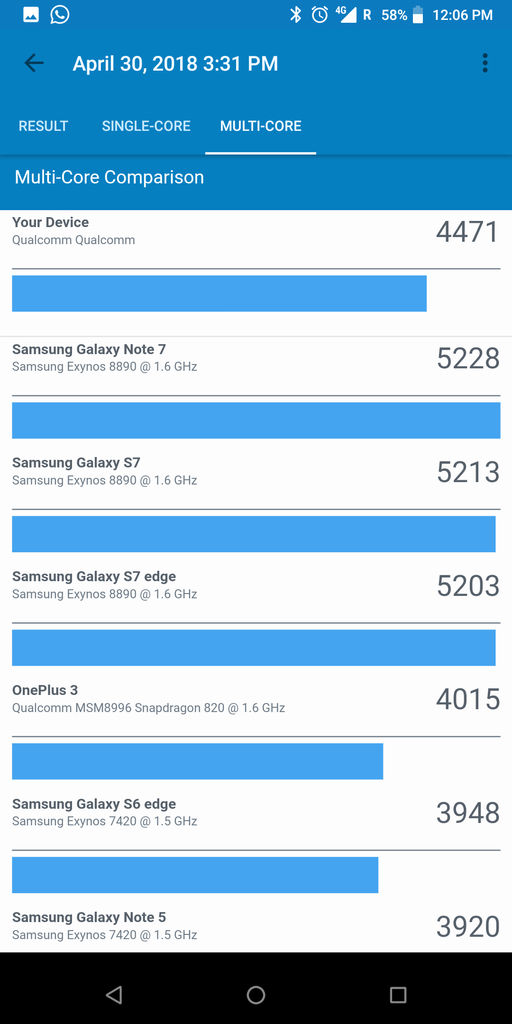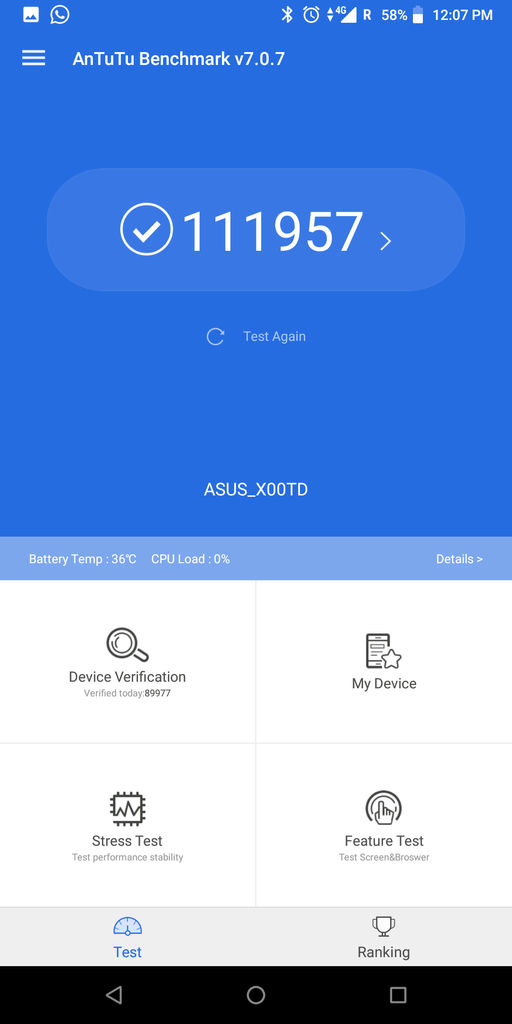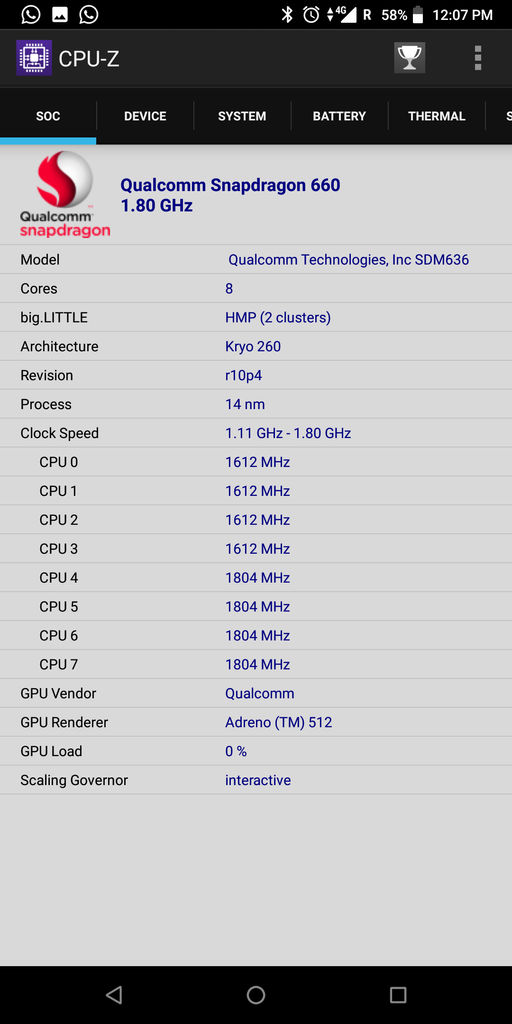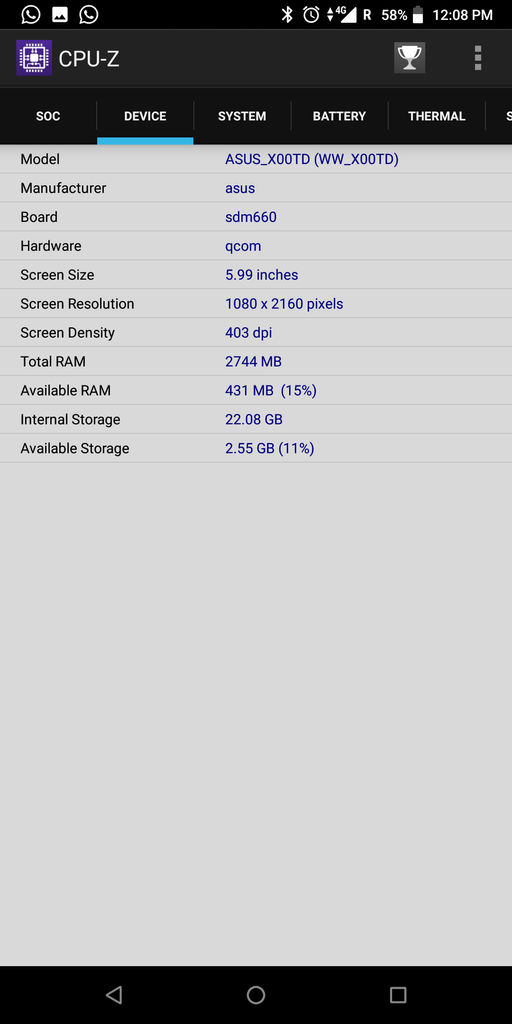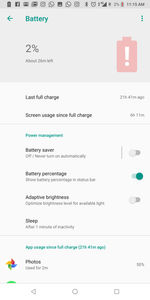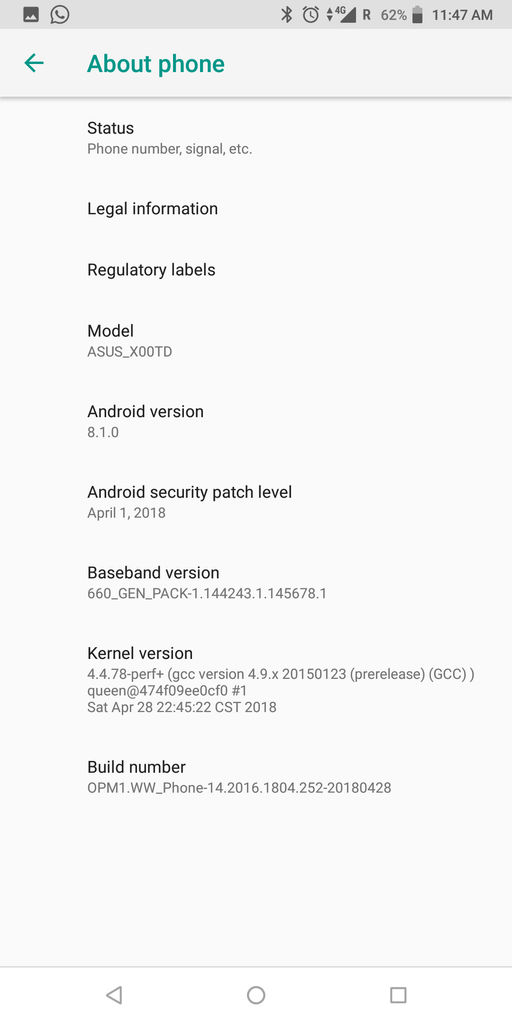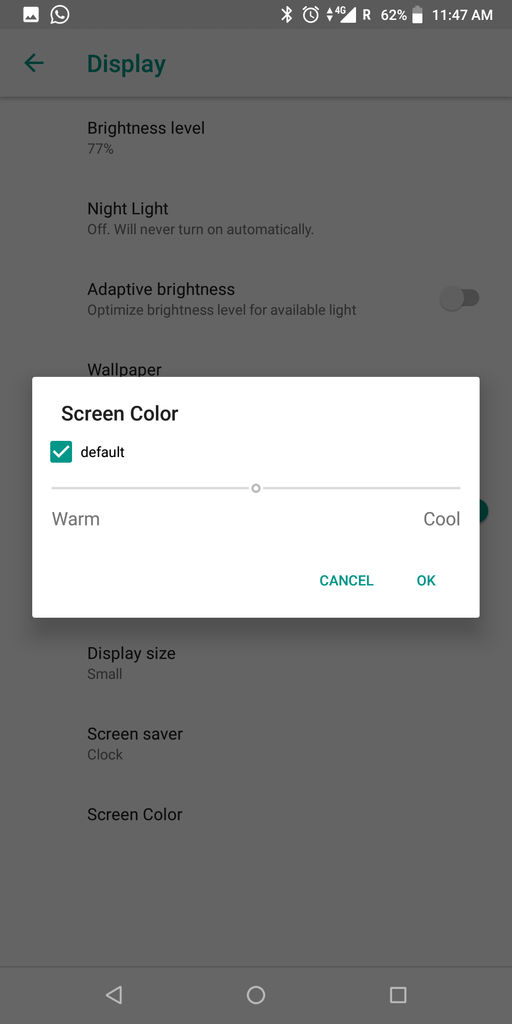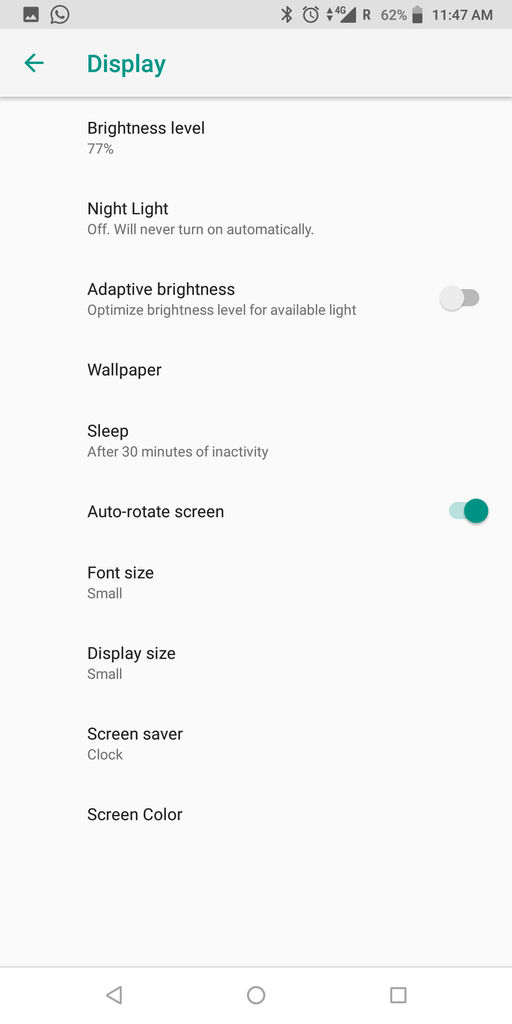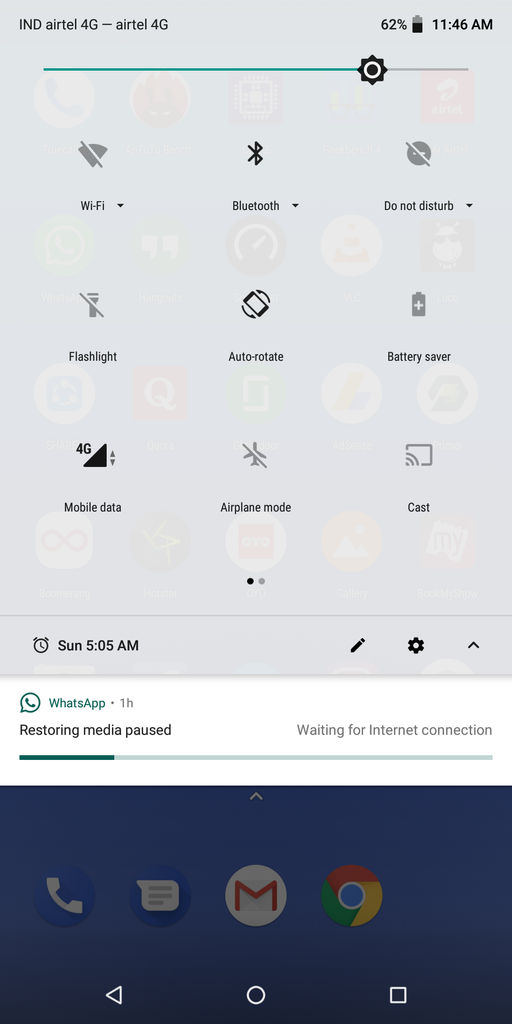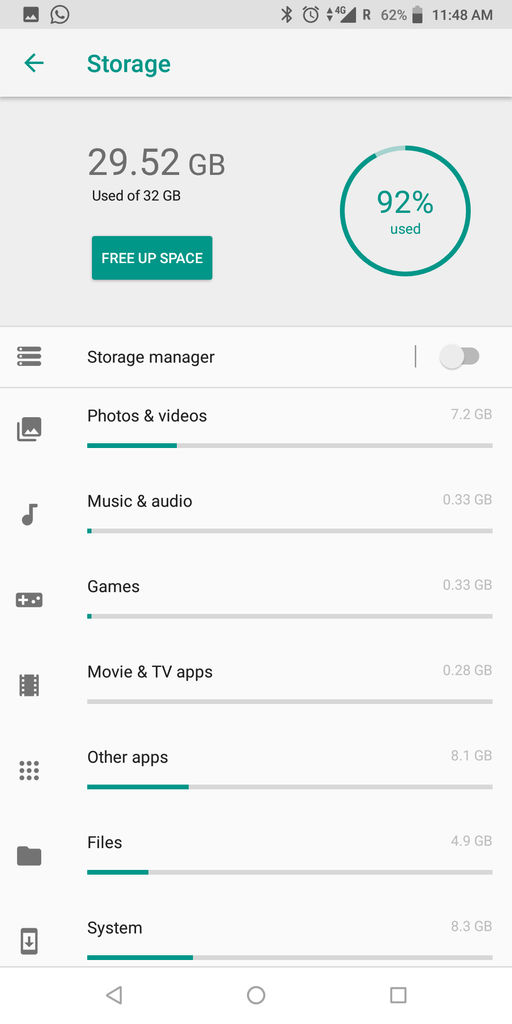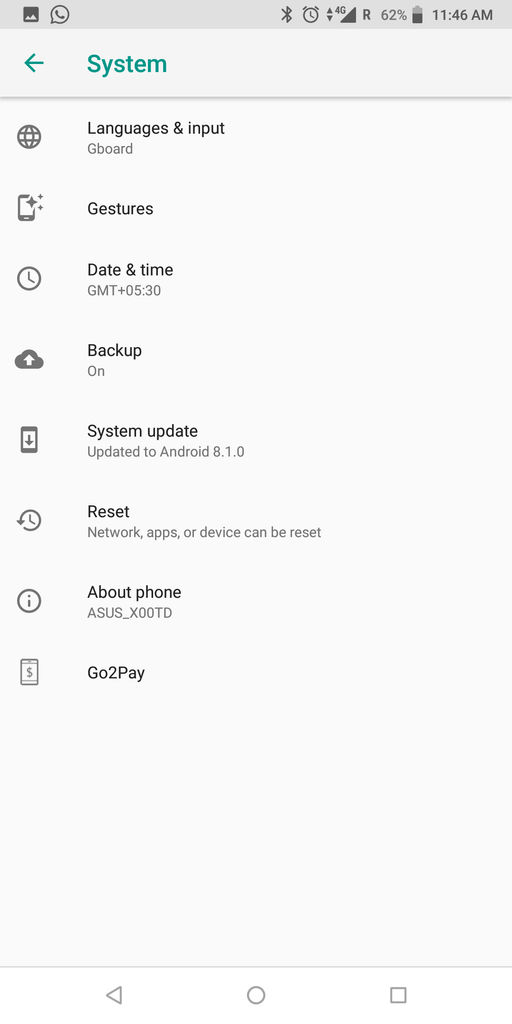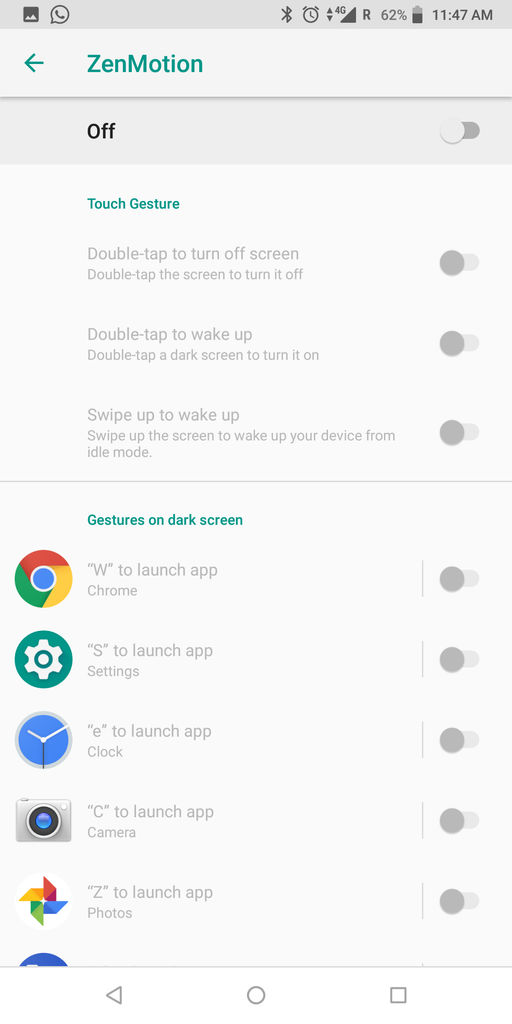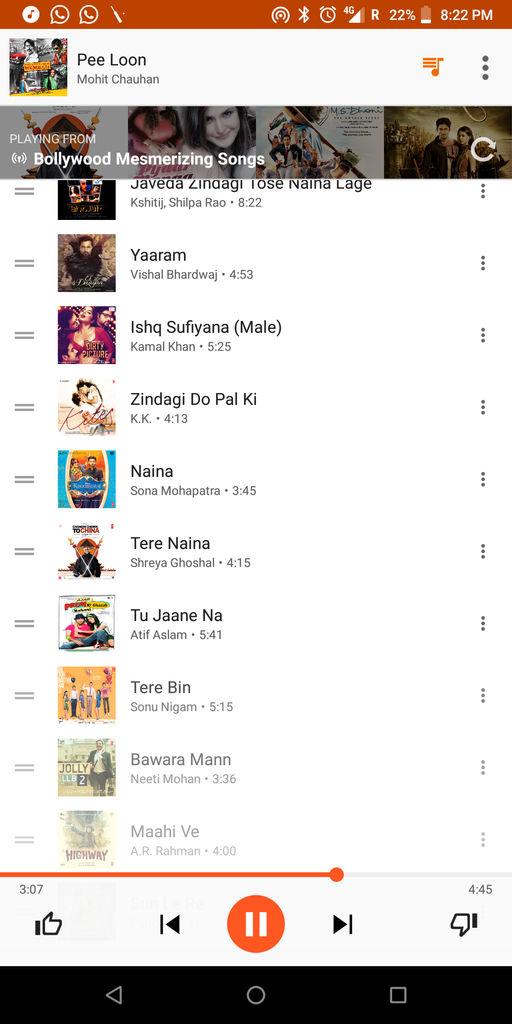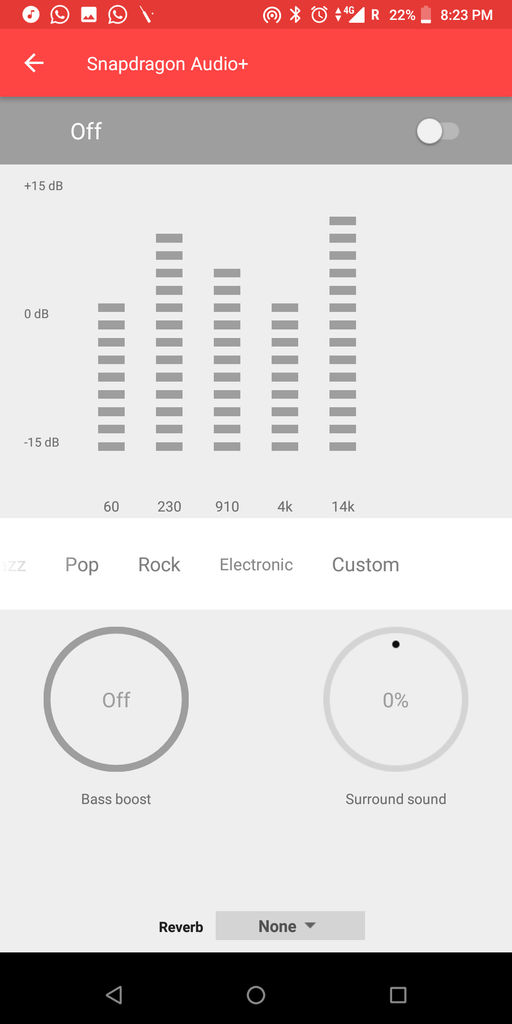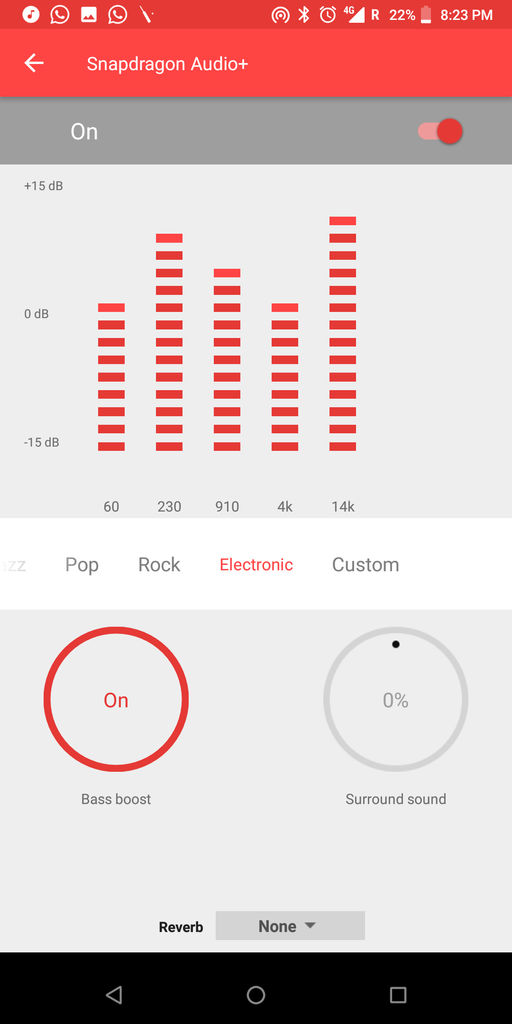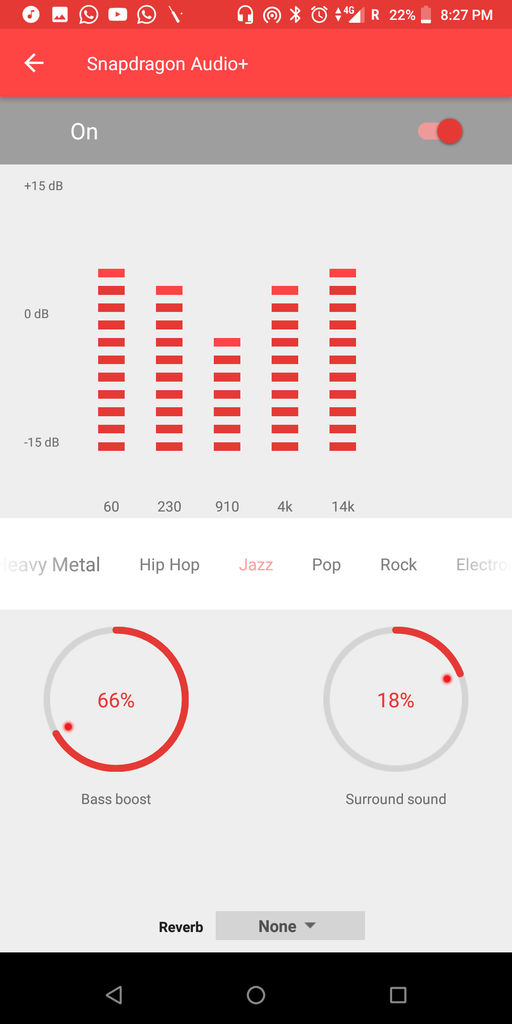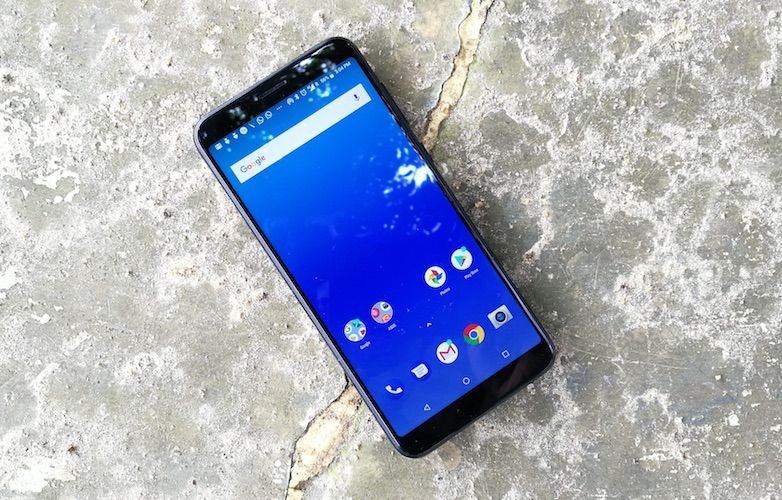
It was the last week of March 2018 when I received a phone call from my friends at ASUS asking me whether I was free to attend a product briefing session for their new phone. I was certain that the call was about ASUS’ Zenfone 5 and Zenfone 5z smartphones. If you know your smartphone stuff well, you would know that both these handsets were unveiled at MWC 2018 and were supposed to come to India “soon”. Imagine my surprise when I realized later that ASUS was on to something very different this time. Sure, they did confirm that the Zenfone 5 and 5z launches “will happen soon” – but an entirely new budget smartphone specifically targeted at the Xiaomi Redmi Note 5 twins was something not even the ardent of ASUS fanboys would have seen coming.
ASUS Zenfone Max Pro (M1)
₹10,999What Is Good?
- Currently the best phone under 15K
- Value for money
- Stock Android
- Timely updates
What Is Bad?
- Camera could have been better
First things first, there is no denying that the Zenfone Max Pro (M1) was designed from the ground up to compete against the Redmi Note 5 twins. To that effect, ASUS has priced the device brilliantly – straddling the Zenfone Max Pro (M1) between the Redmi Note 5 and the Redmi Note 5 Pro. The features set is near-identical, and so is the hardware and the form factor. In fact, in the course of this review you will realise how ASUS has (nearly) managed to beat Xiaomi at their own game. Honestly, if this is how the Indian smartphones space is set to evolve, we are in for an exciting ride in 2018-19.
Let us now dive straight into the review.
I have been using the ASUS Zenfone Max Pro (M1) as my primary smartphone for a little over two weeks now. Most of my time with the phone was on a pre-production firmware version. ASUS did warn me about this, and I have duly considered them while penning down this review. If there are any major updates, changes that would appear once my review unit is updated to the final retail firmware, I will note the same in the updates section.
Note that I was provided with the base 3GB RAM + 32GB version of the handset. The Zenfone Max Pro (M1) will also come in a 4GB RAM + 64GB and a 6GB RAM + 64GB version – the latter with a better, 16-megapixel camera. Before we start, a quick glance at the spec sheet of the phone.
ASUS Zenfone Max Pro (M1): Specifications
Chipset/SoC
Qualcomm Snapdragon 636, Adreno 509 GPU
RAM: Up to 6GB LPDDR4
Storage: Up to 64GB EMCP
Display: 5.99-inch Full HD+ (2160 x 1080) Full-View IPS Panel, 450 nits brightness, 1500:1 contrast ratio
Cameras
Main rear camera: 13MP, F2.2
Secondary rear camera: 5MP dedicated depth sensing camera
Front camera: 8MP, F2.0
Video recording (Rear camera) 4K UHD (3840 x 2160), 1080p, 720p at 30 fps
Audio
NXP smart amplifier
1.7x louder volume with Max-Box (passive amplifier accessory)
SIM / Memory card support
Triple-tray card
Wired Connectivity
USB 2.0 Micro USB 3.5 mm combo audio jack
GPS
GPS, AGPS, GLONASS, BDS
Biometric Security
Face Unlock, Fingerprint unlock with 5-finger recognition
Battery & Charging
5000 mAh, 10w Charger (in-box)
Dimensions
159 x 76 x 8.61 mm / 180 grams
ASUS Zenfone Max Pro (M1): Design, Display

The Zenfone Max Pro (M1) is not a handset that would stand out for its design. They honour would definitely go to the more expensive Zenfone 5 twins that are slated for an India launch later this year. However, there is no denying that the Max Pro (M1) is a well-built device. The body of the handset is made of aluminium and the fact that it weighs close to 200 grams makes the sturdiness even more pronounced. The overall build quality is excellent. The display, however, doesn’t seem to incorporate any form of scratch protection and it would be advisable to buy a good screen protector with the handset.
The Zenfone Max Pro, at least from the front, looks identical to most other handsets that feature an 18:9 ratio. The display has rounded edges that render a classier feel to the phone. All the buttons on the device are located on the right side, and every one of them feels like they are built to last a lifetime. The front panel apart from the display, also houses the earpiece, the proximity sensor, and the front-facing camera. At the rear, you will find the vertically stacked dual camera setup that barely protrudes from the body and the fingerprint scanner. There is also a distinctive ridge that passes through the top rear side of the handset – providing some relief to an otherwise unremarkable rear panel design.
It is not mere coincidence that the display on the ASUS Zenfone Max Pro (M1) is the same size as that of the Xiaomi Redmi Note 5 Pro. This panel measures 5.99-inches across and happens to be of the IPS LCD type. One of the first things I noticed about the display was the fact that it had a distinctive yellowish tinge to it. Colours were much warmer in the default settings when compared to all the other devices that I have. Note that this might not be an issue for most users out there. The only time they might probably realise this would be when they have another handset with them to compare. Right now I am unsure if this default colour warmth is an inherent property of the display. ASUS hasn’t fixed it in the three or so software updates that they issued prior to the launch day of May 3. We will get an update from ASUS officially with regards to this. If you are not too fond of the default warm colour setting, you can choose to change it using the advanced display settings. The overall result, however, could have been better.
With a peak brightness value of 450 nits, the Zenfone Max Pro M1 claims to have one of the brightest displays in the budget segment. While I did not have a Redmi Note 5/Pro with me to compare, the display is truly very bright. Legibility even in direct sunlight was excellent.
ASUS Zenfone Max Pro (M1): Camera, Imaging
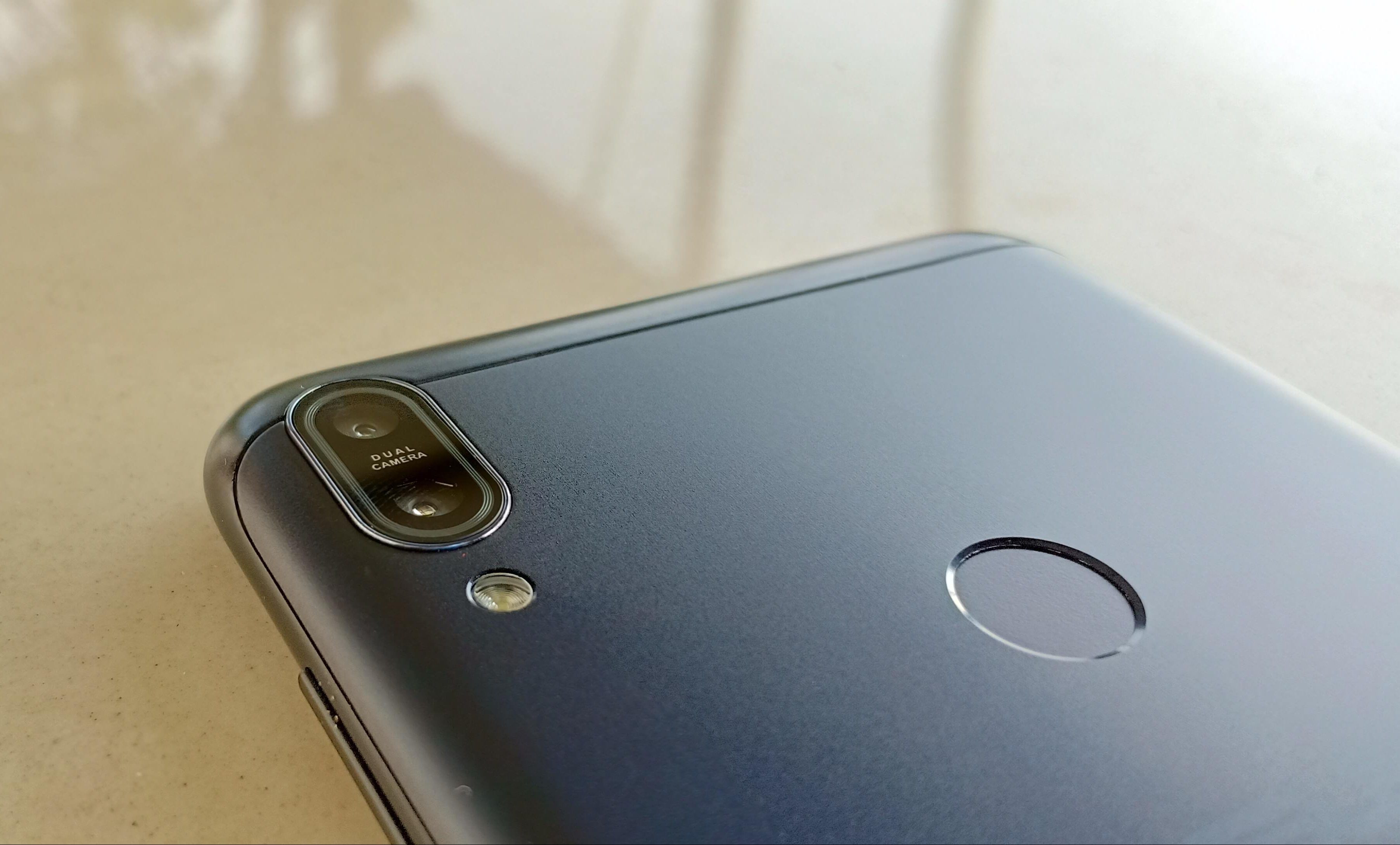
The Zenfone Max Pro (M1) uses a dual camera setup at the rear consisting of a primary 13-megapixel camera on the 4GB and 3GB RAM variants. The top-of-the-line 6GB version gets a 16-megapixel primary shooter. The primary camera uses the Omnivision 16880 sensor. The secondary camera at the rear is a 5-megapixel depth sensor. At the front, the phone gets an 8-megapixel camera. Most of the images captured using my review unit are from the pre-production firmware, and there is a good chance that you will see an improvement in the image quality in subsequent updates.
The camera takes decent pictures in bright daylight. Only if you look at a fully cropped, zoomed-in image will you realise that the details – even with images taken in bright daylight – are smudged. Low light images were a mixed bag. At times there was a considerable amount of noise in some low light samples, and there were times when I thought the handset did a decent job. For example, an image of the moon I captured in near complete darkness (as in with no external source of light) did turn up decent for a budget smartphone. We will do a separate budget camera shootout in the future separately to analyse the camera performance in detail. I leave you with these camera samples. All the pictures were taken during my time in Kerala.
The front camera took decent selfies, but again any dip in the ambient lighting conditions and the image quality will see a hit. The portrait mode on both the front and rear cameras seemed to be still in beta mode and should get better with future firmware updates.
The surprising part about the Zenfone Max Pro’s video recording capability was that not only does it support ‘normal’ 4K videos, you also get an option to record 4K videos in 4k DCI resolution. This is slightly wider than your normal UHD video. The last handset that I used which came with 4K DCI recording was the OnePlus One. Although ASUS did talk about support for 1080p 60fps, at the time of this writing the handset could record 1080p videos at 30fps only.
Camera UI
The camera UI on the Zenfone Max Pro is a renamed version of the Snapdragon Camera app. This is a very easy to use interface and a bit more feature-packed when compared to the stock Android camera app. The app features several modes including HDR, portrait, landscape, sports and so on. One thing I missed on the camera app was the panorama mode. If you recall my previous review of the Zenfone 4 Selfie dual camera, I had remarked how good the panorama mode of the handset was. I was disappointed to not find the option on the Zenfone Max Pro (M1).
Please click on the images below for a detailed look at the camera UI.
ASUS Zenfone Max Pro (M1): Performance, battery life
The Zenfone Max Pro (M1) uses one of the most powerful mid-range SoCs currently on offer from Qualcomm – the Snapdragon 636. Even though I had the base 3GB RAM version with 32GB of storage running a beta version of the firmware, the phone was extremely zippy. Except for a few occasions when the phone lagged while using WhatsApp, I did not face any major slowness with the device. The performance should only be better with the pricier 4GB RAM and 6GB RAM versions.
Running the AnTuTu benchmark tests resulted in the phone ending up with a total score of 111957 which is on par with the Redmi Note 5 Pro. You can expect the 4GB RAM and 6GB RAM versions to end up with an even higher score.
Geekbench 4 also gave similar results with the Zenfone Max Pro managing a single core score of 1298 and a multi-core score of 4471.
Playing even the most demanding of graphically intensive mobile games was a piece of cake for the Zenfone Max Pro. Titles like Asphalt 8 and Modern Combat 5 all played without nary a hint of lag. If gaming on a shoestring budget forms a major part of your buying decision, the Zenfone Max Pro won’t disappoint.
Battery Life
The Zenfone Max Pro is the newest addition to the Zenfone Max lineup. Handsets from the Max lineup have large battery capacities, and the Max Pro is no exception. This phone ships with a huge 5,000 mAh battery. During my time with the handset, the phone easily lasted me well over 1.5 days after I fully charged the device. Using the supplied 10W charger, the phone took around two hours and 30 minutes to charge from zero to 100 percent. The screen on time that I received with the handset even with the brightness level turned up all the way was close to six hours. You can easily achieve over 8 to 9 hours of screen on time with the brightness settings lowered.
I also expect the handset to deliver better battery life now that it has been updated to the final retail software. I will update my battery life findings by the end of next week in this very review.
ASUS Zenfone Max Pro (M1): Software, multimedia
ASUS’ Dinesh Sharma pulled a literal rabbit out of the hat when I first heard from him that the Zenfone Max Pro would run stock Android. Those of you who have read my previous ASUS reviews would know that I have not been a great fan of ASUS’ ZenUI. ASUS, however, did listen to customer and reviewer feedback and came up with a much better, toned down version of ZenUI on the Zenfone 4 Series. Even though the Zenfone Max Pro runs stock Android, it is still not part of the Android One Program. This isn’t really a bad thing considering that ASUS has confirmed that they would update the Zenfone Max Pro to the next two versions of Android.
The handset currently runs Android 8.1 Oreo with almost bare minimum attempts at customizations. As outlined in the performance section, the phone never felt laggy or slow during the entire course of my review – even with the beta firmware on it. Even though it runs stock Android, there are minor additions in the form of a basic sound recorder app, an FM Radio app and a calculator app in a folder titled ‘Asus’.
Until the day of the official launch of the handset, the Face Unlock feature was not rolled out and I really did not have much time to set it up on my review unit. I did, however, notice that the setup process was a bit buggy and multiple attempts to register my face failed. I will, however, wait for some time more before I pass a judgement. Overall, the software experience of the ASUS Zenfone Max Pro was a pleasant one, and there is no doubt in my mind that even the most hardcore of ASUS fans would not miss the absence of ZenUI.
Since the handset runs stock Android, music playback by default is through Google Play Music. If you love to tinker around and customise your audio, the phone comes with the fairly comprehensive Snapdragon Equalizer app that gives you the option to choose from various preset audio settings and a custom dial to fine tune the audio playback. There is also a separate option to control the reverb and surround sound effects. While the concept of an audiophile on a shoestring budget using a mobile phone as a device for music is an oxymoron, the Zenfone Max Pro with its above-average audio quality might just be the handset you might have been wanting if you love your music – but are severely budget constrained. This phone is arguably one of the better sounding handsets this side of the Rs.20,000 mark. That said, I haven’t personally experienced the audio on both the Redmi Note 5 phones to do a comparative analysis.
The bottom firing mono speaker on the Max Pro is one of the loudest that I have come across recently. The audio from the speaker is loud and tinny – but does not distort even at higher volumes. In India, the Zenfone Max Pro M1 ships with the Max Box audio accessory – that can be used to amplify the audio 2X for louder sound. Although I personally would rather use a Bluetooth speaker for louder, better audio, I have no complaints on this front because ASUS ships the Max Box for free.
ASUS Zenfone Max Pro (M1): Verdict
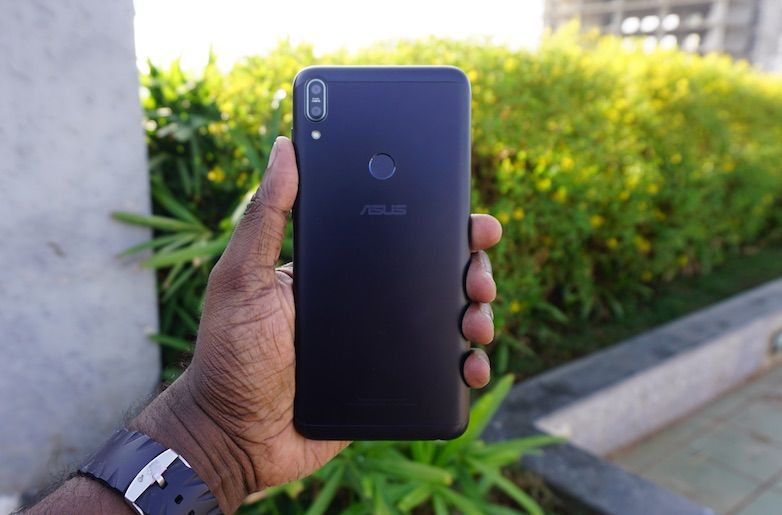
The ASUS Zenfone Max Pro (M1) is currently the best handset you can buy if you are looking to buy a smartphone for under Rs. 15,000. Even the top-of-the-line 6GB RAM + 64GB version of the Zenfone will set you back by only Rs.14,999. This pricing makes even the base version of Redmi Note 5 Pro (also priced at Rs.14,999) seem overpriced. The 6GB RAM version of the Redmi Note 5 Pro is priced Rs.2,000 higher than the 6GB RAM version of the Zenfone Max Pro (M1) and sells for Rs. 16,999. If that wasn’t all, with a base price of Rs. 10,999 for the entry-level 3GB RAM + 32GB version, ASUS threatens to lure even the budget conscious Redmi Note 5 buyer away from Xiaomi. The base, entry-level version of the Redmi Note 5 which uses the slower and older Snapdragon 625 SoC sells for Rs. 9,999. ASUS clearly offers a faster phone with better capabilities for just Rs. 1,000 more. Plus you get stock Android to play around with and a promise of faster and regular updates. In fact, ASUS has confirmed that they will update the handset to the next two iterations of Android. This means that the phone will get both Android P and Android Q whenever these are released.
The only area where the Redmi Note 5 Pro clearly does a better job than the Zenfone Max Pro (M1) is the imaging department. The camera on the Redmi Note 5 Pro produces better images with more detail and better dynamic range. Even the front 20-megapixel camera on the Redmi Note 5 Pro does a better job compared to the front-facing camera on the Zenfone Max Pro (M1). Hence, if you are very finicky when it comes to the imaging capabilities, you might want to spend a bit more and buy the Redmi Note 5 Pro. However, the Zenfone Max Pro (M1) is on par and even betters the Redmi Note 5 Pro (M1) in almost all other areas.
So, is the ASUS Zenfone Max Pro (M1) the Redmi Note 5/ Redmi Note 5 Pro killer that we have all been waiting for?
Yes!
In fact, I have no qualms in proclaiming it to be the newest king of the budget segment.
























